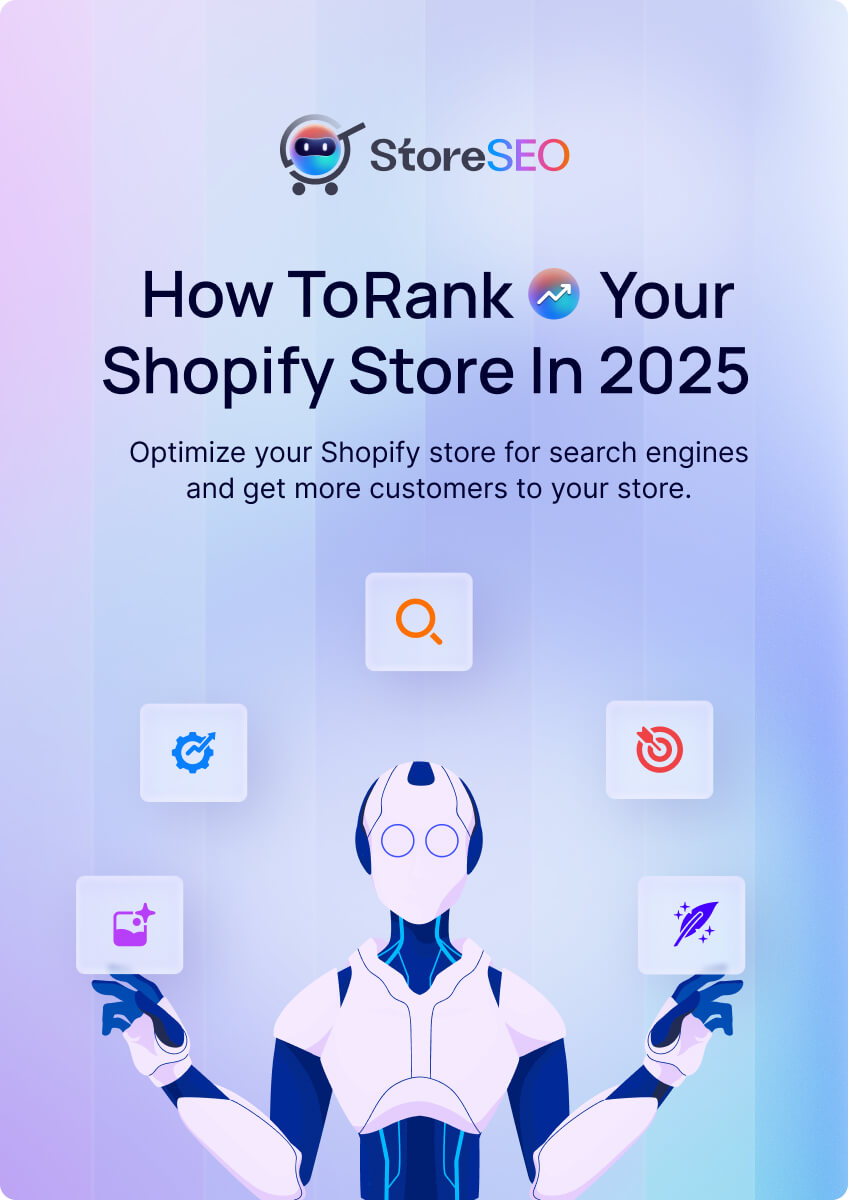SEO has evolved significantly, adapting to technological advancements and changing consumer behaviors. In 2025, eCommerce businesses must stay ahead of the curve by embracing the latest trends and techniques. In this blog about eCommerce SEO guide we will explore how, by focusing on SEO, eCommerce businesses can improve their online visibility, increase brand awareness, and ultimately boost sales.
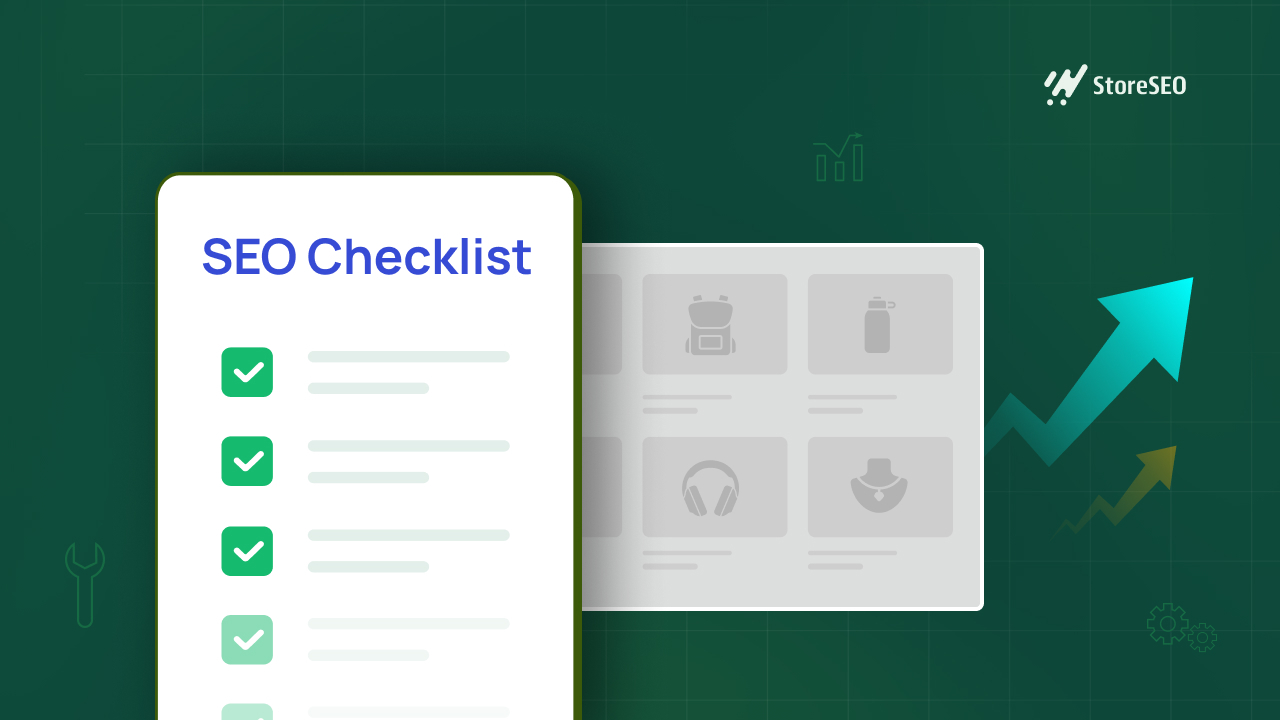
Section 1: Modern eCommerce SEO Strategies
Modern eCommerce strategies are well aligned with the latest industry changes and make the optimization more effective.
1.1 Optimize for Voice and Visual Search
Voice Search
In recent years, voice search has become increasingly popular, thanks to the rise of smart speakers and voice assistants like Siri, Google Assistant, and Alexa. To optimize for voice search, eCommerce sites should incorporate natural language and long-tail keywords into their content. This means using phrases that sound more conversational and less like traditional keyword phrases.
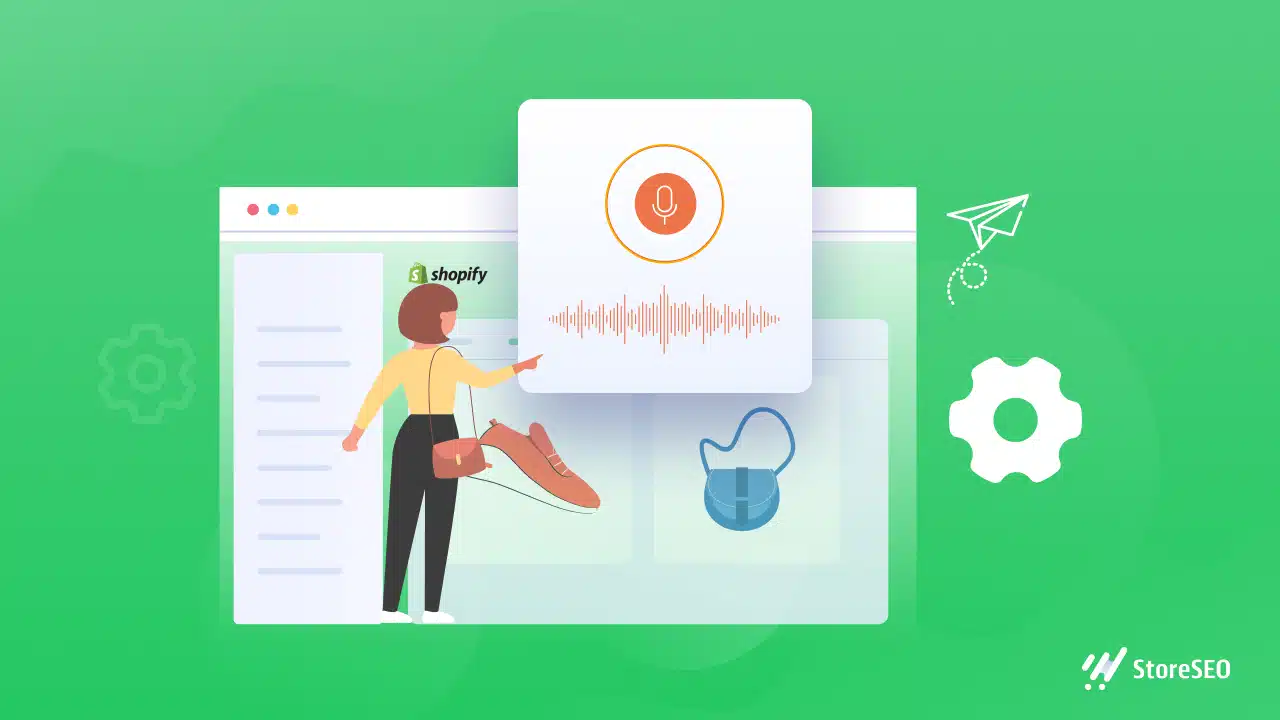
For example, instead of optimizing for “best running shoes,” you might target “what are the best running shoes for beginners.”
Voice search queries often have a more conversational tone, so it is important to use language that reflects how people naturally speak. This approach not only helps your site rank better for voice searches but also improves the overall user experience by providing more relevant and helpful content.
Visual Search
Visual search is another area that eCommerce sites should focus on. Platforms like Google Lens and Pinterest Lens allow users to search for products using images rather than text. To optimize for visual search, eCommerce sites should enhance their image SEO.
This includes using high-quality images, optimizing alt tags with descriptive keywords, and ensuring that file names are descriptive and include target keywords.
For instance, if you are selling a product like a red Nike running shoe, your image file name should include keywords, such as “red-nike-running-shoe.jpg.”
Additionally, alt tags should provide a clear description of the image, like “Red Nike running shoe for men.” This helps search engines understand the content of your images and can improve your site’s visibility in visual search results.
1.2 Using Artificial Intelligence (AI)
The revolution of AI is beyond words, so is organic SEO and its organic results for a business. When combined with AI it creates more impact than ever before.
AI in Content Creation
Artificial intelligence is revolutionizing the way content is created and optimized. AI tools can help generate and refine content to better match user intent. For example, AI can assist in creating product descriptions that are both informative and engaging. By analyzing consumer behavior and search trends, AI can suggest keywords and phrases that are more likely to resonate with your target audience.
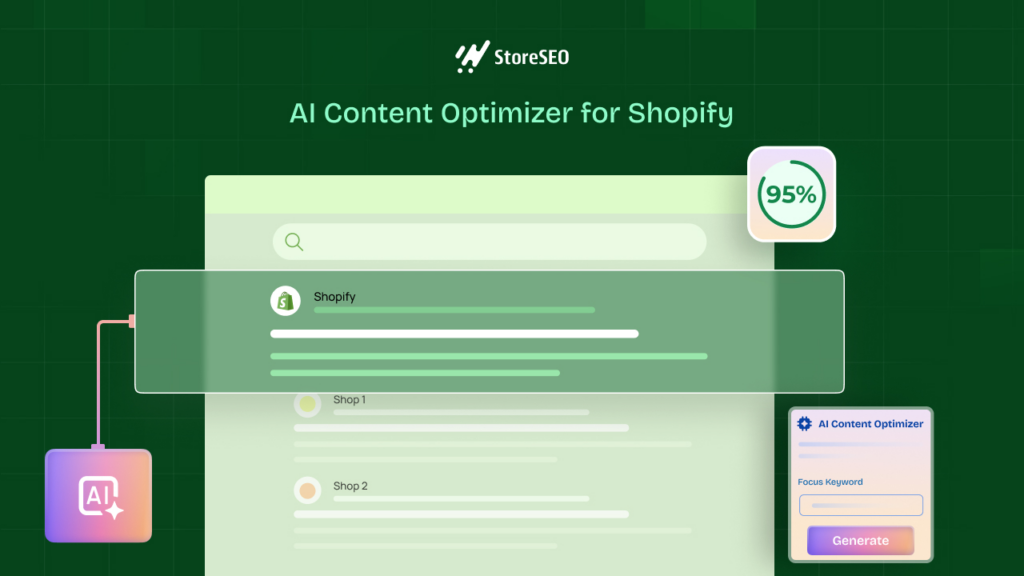
Moreover, AI can help automate repetitive tasks, such as updating product information across multiple pages, freeing up more time for strategic content creation. This not only improves efficiency but also ensures consistency across your site, which is crucial for maintaining a strong brand image.
AI for Personalized Experiences
AI can also be used to enhance user experience by providing personalized recommendations and content. By analyzing user behavior and preferences, AI can suggest products that are more likely to interest individual users. This personalized approach not only improves user engagement but also increases the likelihood of conversion.
For instance, if a user has previously shown interest in outdoor gear, AI can suggest related products or content that aligns with their interests. This level of personalization helps build trust and loyalty, which are essential for long-term success in eCommerce.
1.3 Build Topical Authority and EEAT
Topical Authority
Building topical authority involves creating in-depth content clusters that establish your site as an expert in your niche. This means producing high-quality, informative content that covers a wide range of topics related to your products or services. By doing so, you demonstrate to search engines that your site is a trusted source of information, which can improve your rankings.
For example, if you sell fitness equipment, you might create content clusters around topics like workout routines, nutrition advice, and product reviews. This comprehensive approach helps search engines understand your site’s relevance and authority in the fitness niche.
EEAT (Experience, Expertise, Authority, and Trustworthiness)
EEAT is a concept introduced by Google that emphasizes the importance of experience, expertise, authority, and trustworthiness in content creation. To build EEAT, eCommerce sites should focus on creating transparent and authoritative content. This includes showcasing the expertise of your team, highlighting customer testimonials, and ensuring that all information is accurate and up-to-date.
By establishing trust and credibility, you can improve user engagement and increase the likelihood of conversions. For instance, including expert opinions or research-backed information in your content can enhance your site’s authority and trustworthiness.
Section 2: Technical and On-Page SEO
Technical and On-page SEO is one of the vital parts of any SEO strategy. For eCommerce their importance is very much impactful.
2.1 Technical SEO
Site Speed and Mobile Responsiveness
Technical SEO is crucial for ensuring that your site is accessible and user-friendly. One of the most important aspects of technical SEO is site speed. Slow-loading sites can lead to high bounce rates and negatively impact your search engine rankings. Therefore, it is essential to optimize images, leverage browser caching, and use content delivery networks (CDNs) to improve loading times.
Additionally, mobile responsiveness is no longer optional. With most users accessing the internet via mobile devices, your site must provide a seamless experience across all devices. This includes ensuring that layouts are adaptable, navigation is intuitive, and content is easily readable on smaller screens.
Structured Data and Schema Markup
Structured data, often implemented through schema markup, helps search engines understand the context and meaning of your content. By adding schema to your product pages, you can provide additional information that search engines can display in search results, such as prices, reviews, and availability. This can enhance your listings and make them more appealing to potential customers.
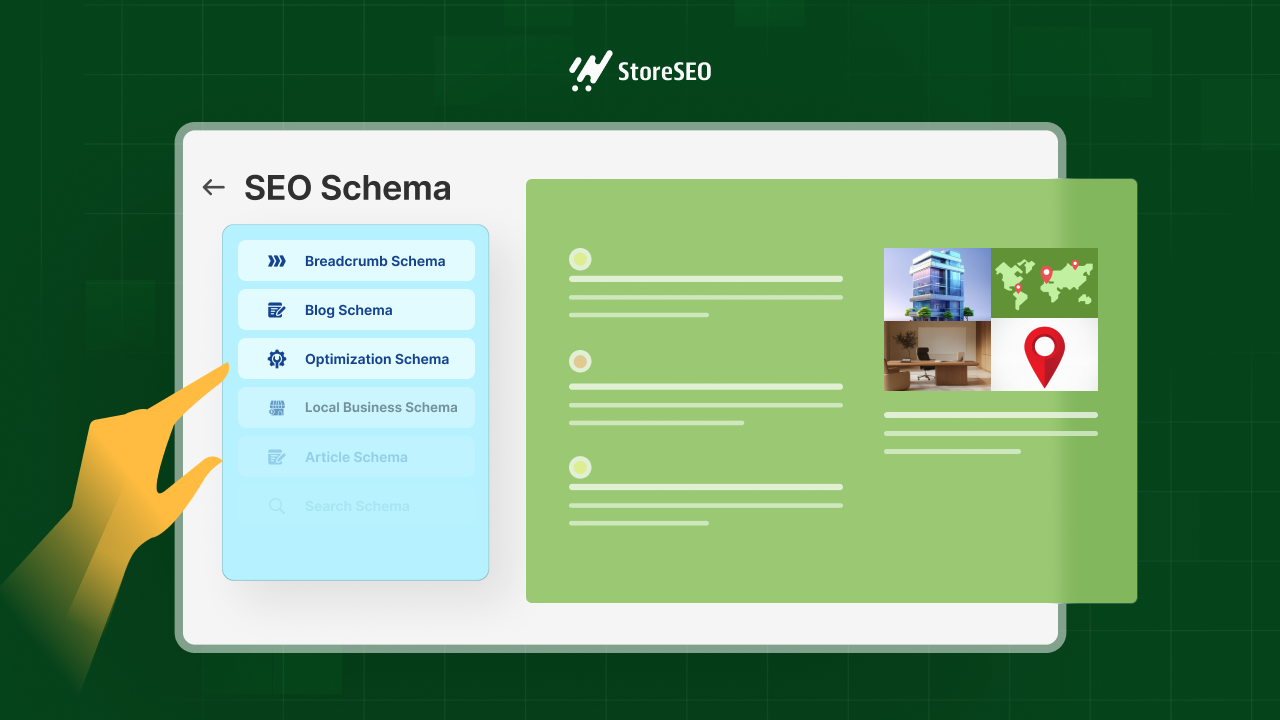
For example, if you are selling a product with excellent customer reviews, schema markup can help display those reviews directly in search results, which can increase click-through rates and improve your site’s visibility.
2.2 On-Page SEO
Keyword Strategy
On-page SEO involves optimizing individual web pages to rank higher in search engines. A key part of this is developing a robust keyword strategy. This means using primary and secondary keywords strategically in titles, descriptions, and headings. However, it is important to avoid keyword stuffing, as this can lead to penalties from search engines.

Instead, focus on creating content that naturally incorporates your target keywords. For instance, if you are optimizing a product page for “wireless headphones,” ensure that the title, meta description, and headings all include variations of this phrase in a way that feels natural and informative.
Meta Tags and Descriptions
Meta tags and descriptions are crucial for improving click-through rates and providing search engines with a summary of your content. Your meta title should be compelling and include your primary keyword, while your meta description should provide a concise overview of the page’s content.
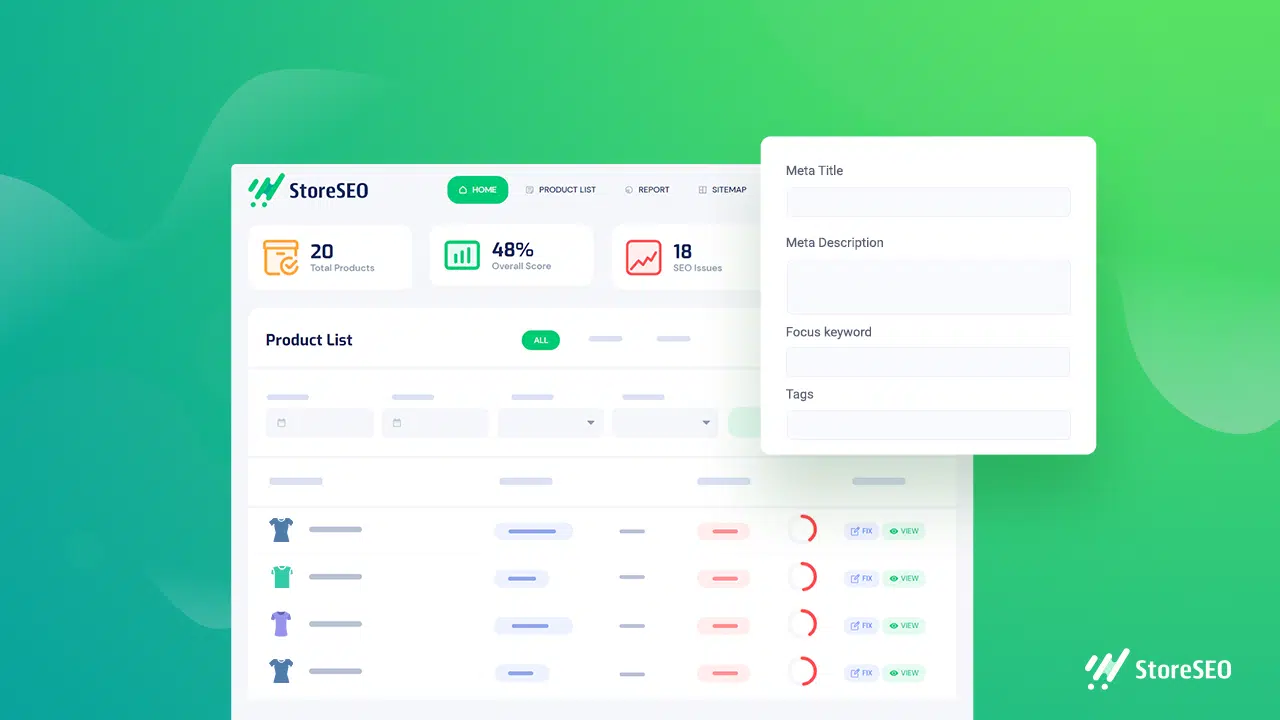
For example, a meta title for a product page might be “Best Wireless Headphones for Music Lovers,” and the meta description could be “Discover the best wireless headphones for music lovers. Read reviews, compare features, and find the perfect pair for your needs.”
Section 3: Content and User Engagement
Creating compelling content is the foundation of any successful online strategy, as it directly influences how users interact with your brand. By focusing on user engagement, businesses can foster stronger connections, encourage repeat visits, and build a loyal audience.
3.1 Content Optimization
Unique Product Descriptions
Content optimization is essential for eCommerce sites, particularly when it comes to product descriptions even in bulk. Instead of using generic descriptions provided by manufacturers, create unique and engaging descriptions that highlight the benefits and features of each product. This not only helps differentiate your site from competitors but also provides users with valuable information that can influence their purchasing decisions.
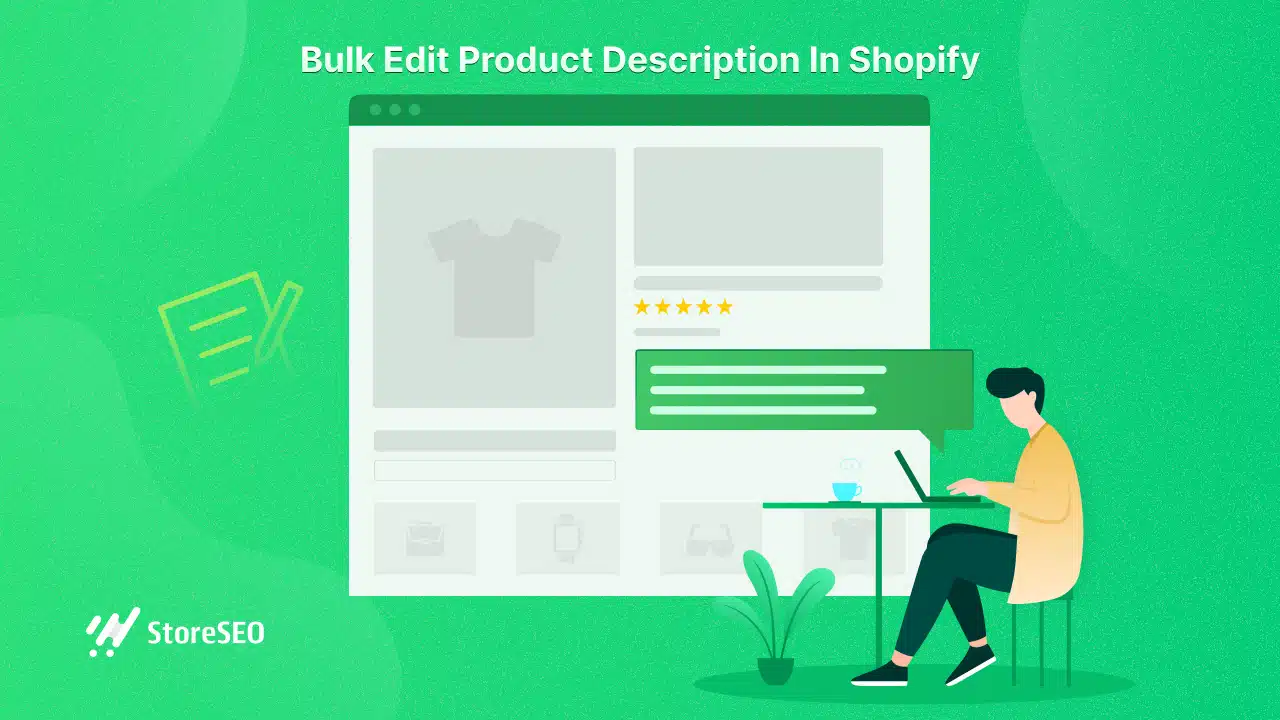
For instance, if you are selling a smartwatch, your description should include details about its fitness tracking features, battery life, and compatibility with different devices. This level of detail can help users make informed decisions and increase the likelihood of conversion.
User-Generated Content
User-generated content, such as customer reviews and ratings, is incredibly valuable for eCommerce sites. Not only does it build trust and credibility, but it also provides social proof that can influence potential customers. Encourage users to leave reviews by offering incentives, such as discounts or rewards, and ensure that reviews are easily accessible on product pages.
Moreover, user-generated content can also help improve SEO by providing fresh and unique content that search engines can index. This can lead to better rankings and increased visibility in search results.
3.2 Social Media and Email Marketing
Social Media Integration
Social media platforms are powerful tools for driving traffic and enhancing brand visibility. By integrating social media into your eCommerce strategy, you can reach a wider audience and promote your products more effectively. Share engaging content, run social media contests, and use paid advertising to drive traffic to your site.
For example, you might create a social media campaign that encourages users to share photos of themselves using your products. This can help build a community around your brand and increase engagement.
Email Marketing
Email marketing is another effective way to nurture leads and promote products. By building an email list and creating targeted campaigns, you can keep customers informed about new products, promotions, and events. Use segmentation to tailor your messages to different groups of customers based on their interests and purchasing history.
For instance, if you have a segment of customers who have shown interest in outdoor gear, you can send them targeted emails about new camping equipment or special offers on hiking boots. This personalized approach helps keep customers engaged and can lead to repeat business.
Section 4: Analytics and Performance Monitoring
Tracking the performance of your digital efforts is crucial to understanding what works and what needs improvement. With robust analytics in place, you can make data-driven decisions that enhance efficiency, optimize resources, and drive better outcomes.
4.1 SEO Audits and Analytics
Regular SEO Audits
Regular SEO audits are essential for identifying technical issues and opportunities for optimization. These audits should cover aspects like site speed, mobile responsiveness, and structured data implementation. By conducting regular audits, you can ensure that your site is always optimized for search engines and provides the best possible user experience.
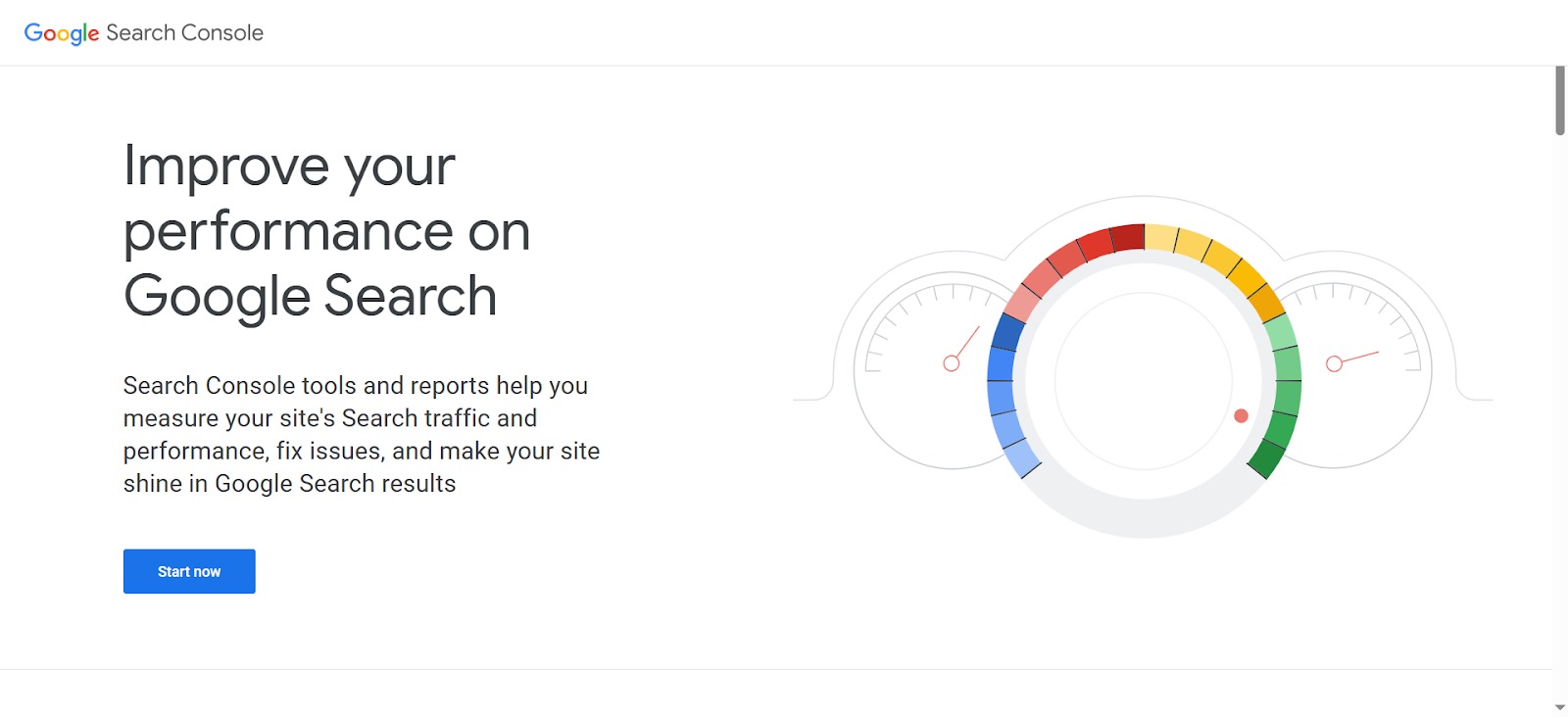
Tools like Google Search Console and Ahrefs can help you identify areas for improvement and track changes in your site’s performance over time. For example, if you notice that certain pages are not being indexed, you can use these tools to diagnose the issue and implement fixes.
Track Key Metrics
Tracking key metrics is crucial for understanding how your SEO strategies are performing. Focus on metrics like organic traffic, bounce rates, and conversion rates. These metrics provide insights into how users are interacting with your site and whether your content is meeting their needs.
For instance, if you notice that your bounce rate is high, it may indicate that your content is not relevant to users or that your site’s user experience needs improvement. By analyzing these metrics, you can refine your strategies to better align with user intent and improve overall performance.
4.2 Actionable Insights
Identify Trends and Patterns
Analytics tools can help you identify trends and patterns in user behavior. By analyzing these insights, you can spot areas for improvement and capitalize on high-performing content. For example, if you notice that certain product categories are receiving more traffic, you can focus on optimizing those pages further or creating more content around those topics.
Additionally, analytics can help you understand how different marketing channels are performing. If you find that social media is driving more traffic than email marketing, you can adjust your budget and strategy accordingly to maximize your ROI.
Utilize eCommerce SEO Guide to Bring Organic Results To Your Business
eCommerce SEO in 2025 requires a multifaceted approach that combines technical optimization, strategic content creation, and user engagement. By staying up-to-date with the latest trends and technologies, eCommerce businesses can improve their online visibility, drive more traffic, and ultimately increase sales.
Have you found our blog useful? If you do, please subscribe to our blog for more tips, tutorials, and updates on industry-related topics.








